Home>Storage & Organization>Closet & Wardrobe Organization>How To Organize Vinyl Records
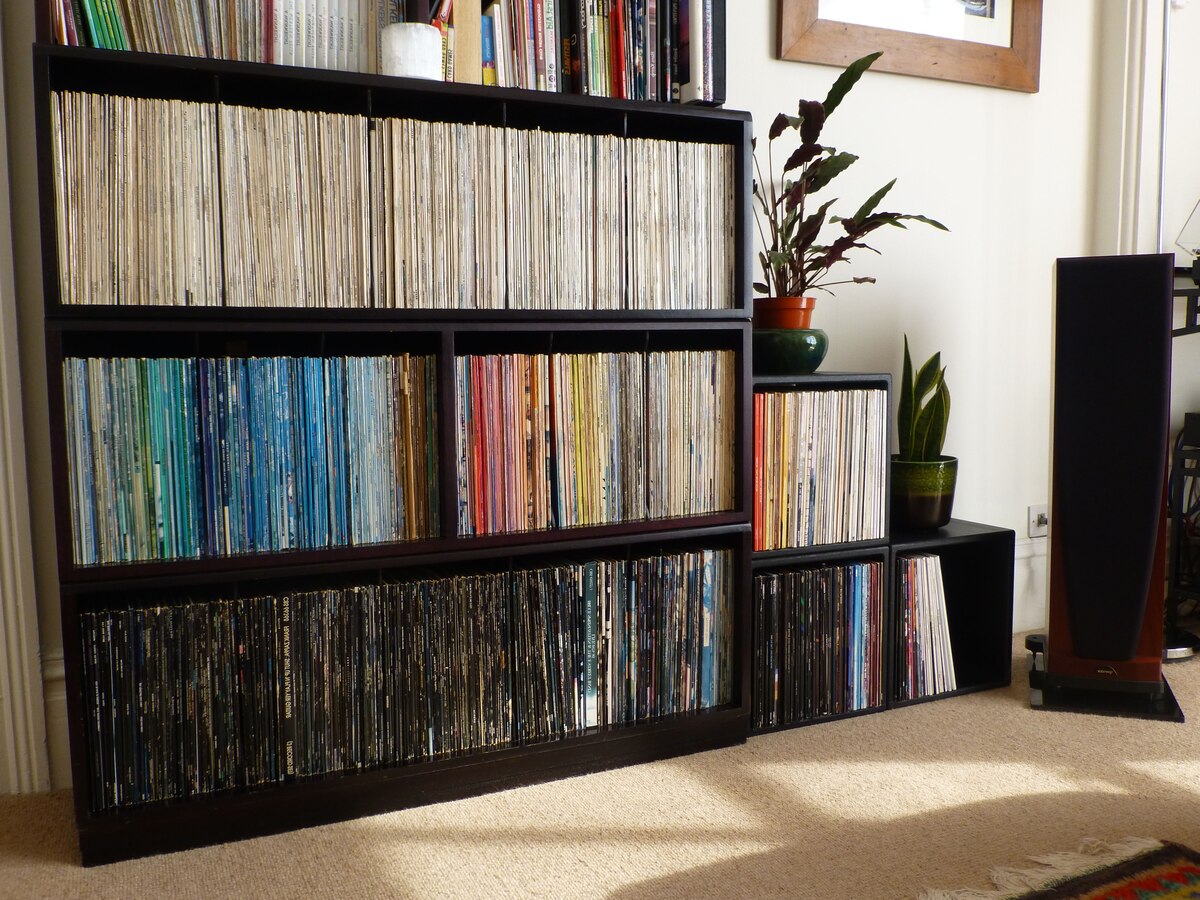

Closet & Wardrobe Organization
How To Organize Vinyl Records
Published: March 3, 2024
Learn how to organize vinyl records with our expert tips for closet and wardrobe organization. Keep your collection neat and easily accessible.
(Many of the links in this article redirect to a specific reviewed product. Your purchase of these products through affiliate links helps to generate commission for Storables.com, at no extra cost. Learn more)
Introduction
Are you a vinyl enthusiast looking for the best way to organize your vinyl records collection? Look no further! In this article, we will guide you through the process of organizing your vinyl records, from choosing the right storage solution to maintaining and cleaning your precious collection. Whether you're a seasoned collector or just starting out, these tips will help you keep your vinyl records in top-notch condition and easily accessible for your listening pleasure. Let's dive in and get those records organized!
Key Takeaways:
- Keep your vinyl records organized by choosing the right storage solution, sorting them by category, and storing them properly to preserve their quality and longevity.
- Maintain and clean your vinyl records regularly to ensure they remain in pristine condition, allowing you to enjoy the rich, high-fidelity sound of your favorite albums for years to come.
Read more: How To Store Vinyl Records
Choosing the Right Storage Solution
When it comes to organizing your vinyl records, choosing the right storage solution is crucial for preserving their quality and longevity. Here are some key factors to consider when selecting the perfect storage option for your collection:
-
Shelving Units: Invest in sturdy and spacious shelving units specifically designed for vinyl records. Look for shelves with ample space between each level to prevent overcrowding and potential damage to the records.
-
Record Crates: If you prefer a more portable option, consider using record crates. These crates are not only practical for storage but also add a vintage touch to your space. Opt for wooden or plastic crates that provide adequate support and protection for your records.
-
Cabinets with Adjustable Shelves: Cabinets with adjustable shelves offer versatility, allowing you to customize the storage space according to the size of your vinyl records. This option is ideal for those with varying record sizes and limited space.
-
Wall-Mounted Displays: For a visually appealing storage solution, consider wall-mounted displays designed specifically for vinyl records. These displays not only showcase your collection but also keep the records easily accessible for browsing and playing.
-
Storage Boxes: If you need to store your records temporarily or during a move, sturdy storage boxes are a convenient option. Look for boxes made from durable materials and ensure that they provide ample protection against moisture and physical impact.
By carefully considering these storage solutions, you can ensure that your vinyl records are organized and well-preserved, ready to be enjoyed for years to come.
Sorting and Categorizing Your Vinyl Records
Sorting and categorizing your vinyl records is an essential step in the organization process, allowing you to easily locate and enjoy your favorite albums. Here's how to effectively sort and categorize your vinyl collection:
-
Alphabetical Order: One of the most common methods of sorting vinyl records is alphabetically by the artist's name or band. This method simplifies the process of finding specific records and is particularly useful for larger collections.
-
Genre and Style: Consider categorizing your vinyl records by genre or musical style. This approach allows you to create sections dedicated to specific types of music, making it easier to browse and select albums based on your mood or preferences.
-
Chronological Order: For collectors interested in the historical evolution of music, sorting records chronologically by release date can be a fascinating approach. This method provides a unique perspective on the development of an artist's discography or a particular music genre.
-
Custom Categories: Create custom categories based on your personal preferences, such as "All-Time Favorites," "New Arrivals," or "Rare Finds." These categories can add a personal touch to your collection and make it more enjoyable to browse.
-
Color or Limited Editions: If you have a significant number of colored vinyl or limited edition releases, consider creating a separate section to showcase these unique records. This not only adds visual interest to your collection but also ensures that these special editions are easily accessible.
By implementing these sorting and categorizing methods, you can transform your vinyl collection into a well-organized and personalized music library, tailored to your individual taste and preferences.
Store vinyl records vertically to prevent warping and damage. Use dividers to keep them organized and easily accessible.
Storing Your Vinyl Records Properly
Proper storage of your vinyl records is essential for maintaining their quality and ensuring they stand the test of time. Here's how to store your vinyl records properly:
-
Vertical Orientation: Store your vinyl records vertically, as this helps prevent warping and distortion of the records. Avoid stacking them horizontally, as the weight can cause damage over time.
-
Avoid Direct Sunlight: Keep your vinyl records away from direct sunlight and sources of heat. Prolonged exposure to sunlight can cause warping and fading of the album covers, while heat can lead to deformation of the records.
-
Maintain Optimal Temperature and Humidity: Store your vinyl records in a cool, dry place with consistent temperature and humidity levels. Fluctuations in temperature and humidity can lead to mold growth, warping, and degradation of the records.
-
Use Inner Sleeves: Place your vinyl records in anti-static inner sleeves to protect them from dust, scratches, and static buildup. These sleeves also help prevent the records from sticking to the outer jacket, preserving their condition.
-
Outer Sleeves for Protection: Consider using outer sleeves to provide an additional layer of protection for the album covers. Outer sleeves shield the covers from wear, tear, and moisture, keeping them in pristine condition.
-
Proper Spacing: Ensure that your vinyl records are stored with adequate spacing between them to prevent overcrowding. Overcrowding can lead to damage from friction and make it difficult to remove records without causing harm.
-
Avoid PVC and Plasticizers: Refrain from using PVC or plasticizers for long-term storage of vinyl records, as these materials can lead to chemical reactions that damage the records over time. Opt for acid-free and archival-quality storage materials.
By following these guidelines for storing your vinyl records properly, you can safeguard their condition and preserve the integrity of your collection for years to come.
Maintaining and Cleaning Your Vinyl Records
Proper maintenance and regular cleaning are essential for preserving the quality and longevity of your vinyl records. Follow these steps to ensure that your collection remains in pristine condition:
-
Inspect for Damage: Before cleaning your vinyl records, carefully inspect them for any visible dirt, dust, or debris. Additionally, check for scratches, warping, or signs of mold or mildew. Address any significant damage before proceeding with the cleaning process.
-
Gentle Dusting: Use a carbon fiber or anti-static brush to gently remove surface dust and debris from the vinyl records. Start from the outer edge and work your way towards the center in a circular motion. This method helps prevent dust from being pushed into the grooves.
-
Cleaning Solution: Prepare a cleaning solution by combining distilled water and isopropyl alcohol in a 3:1 ratio. Avoid using tap water, as it may contain minerals that can leave residue on the records. Alternatively, commercial record cleaning solutions are available for purchase.
-
Application of Solution: Apply a small amount of the cleaning solution to a microfiber cloth or a dedicated record cleaning brush. Gently wipe the record in a circular motion, following the grooves. Be cautious not to apply excessive pressure, as this may cause damage.
-
Rinsing and Drying: After cleaning, use a separate dry microfiber cloth to remove any remaining moisture from the record. Allow the record to air dry completely before returning it to its sleeve and storage. Ensure that the record is stored vertically to prevent moisture buildup.
-
Deep Cleaning: For records with stubborn dirt or grime, consider using a record cleaning machine or a vacuum-based record cleaning system. These methods provide a thorough cleaning without the risk of damaging the records.
-
Storage After Cleaning: Once the records are clean and dry, store them in anti-static inner sleeves and outer sleeves for added protection. Ensure that the storage environment maintains optimal temperature and humidity levels to prevent the accumulation of dust and mold.
By incorporating regular maintenance and proper cleaning techniques into your vinyl record care routine, you can extend the lifespan of your collection and continue to enjoy the rich, high-fidelity sound of your favorite albums.
Frequently Asked Questions about How To Organize Vinyl Records
Was this page helpful?
At Storables.com, we guarantee accurate and reliable information. Our content, validated by Expert Board Contributors, is crafted following stringent Editorial Policies. We're committed to providing you with well-researched, expert-backed insights for all your informational needs.
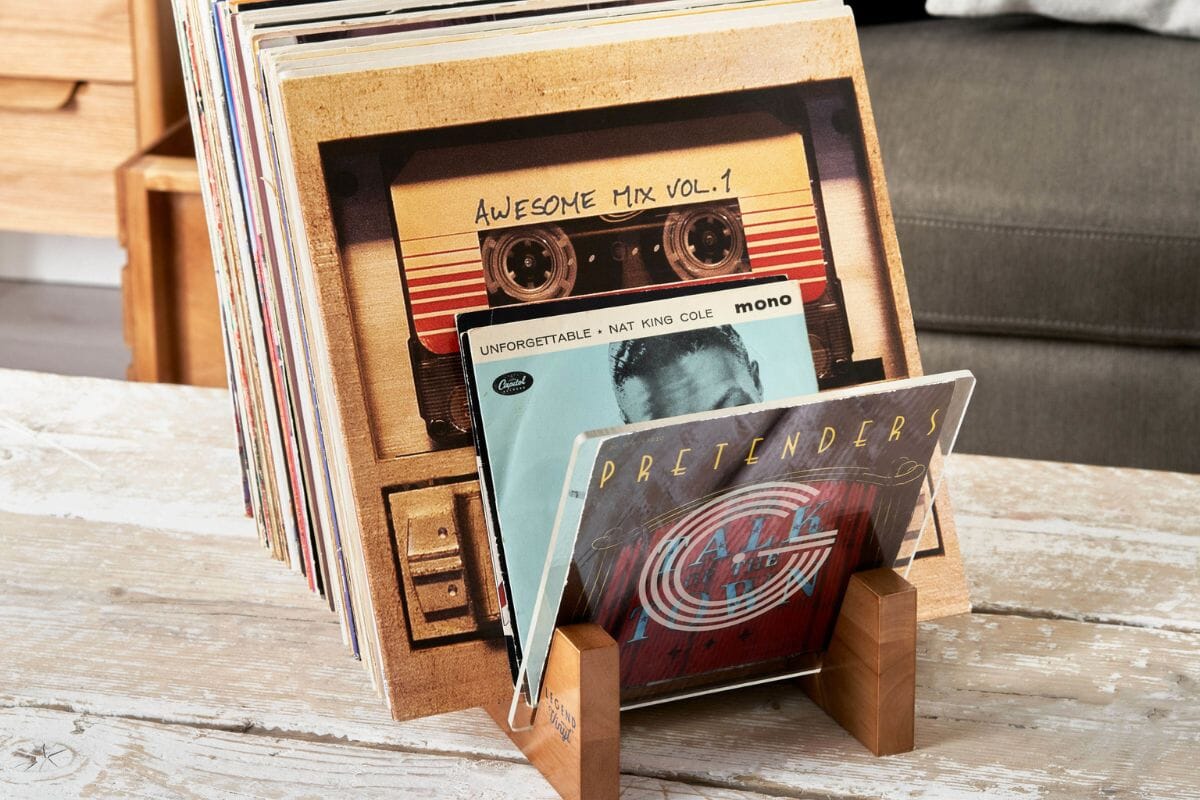
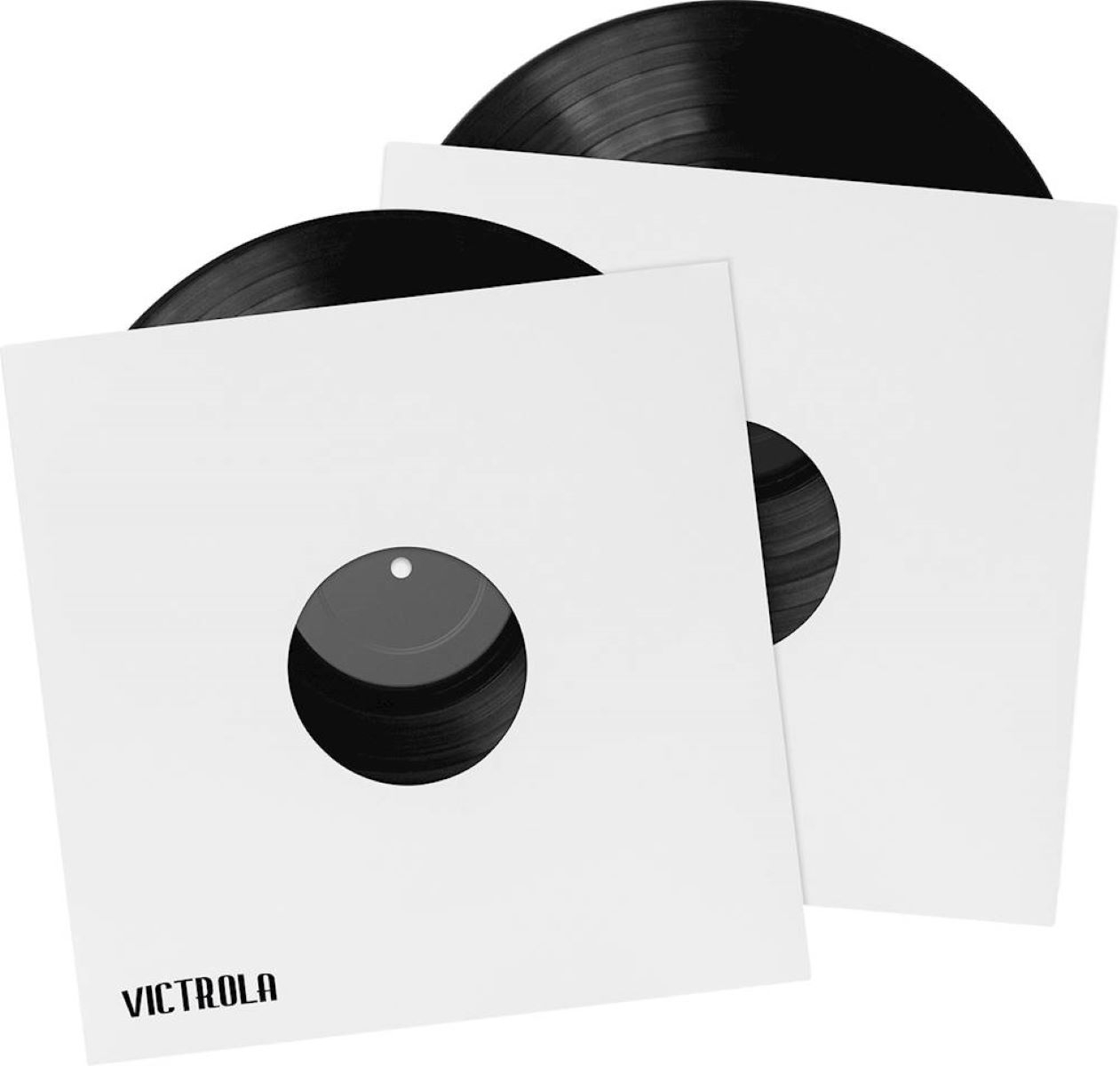
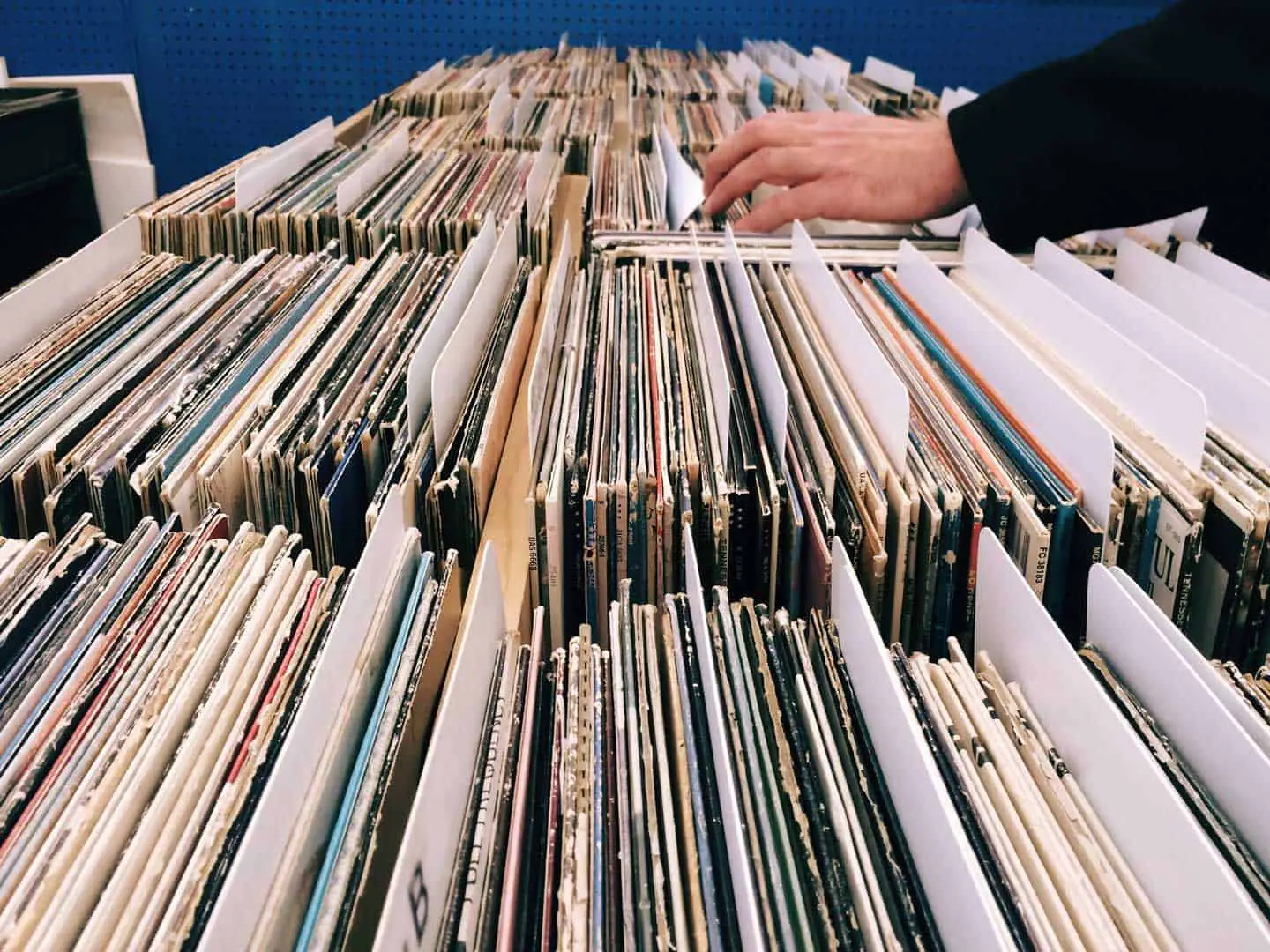
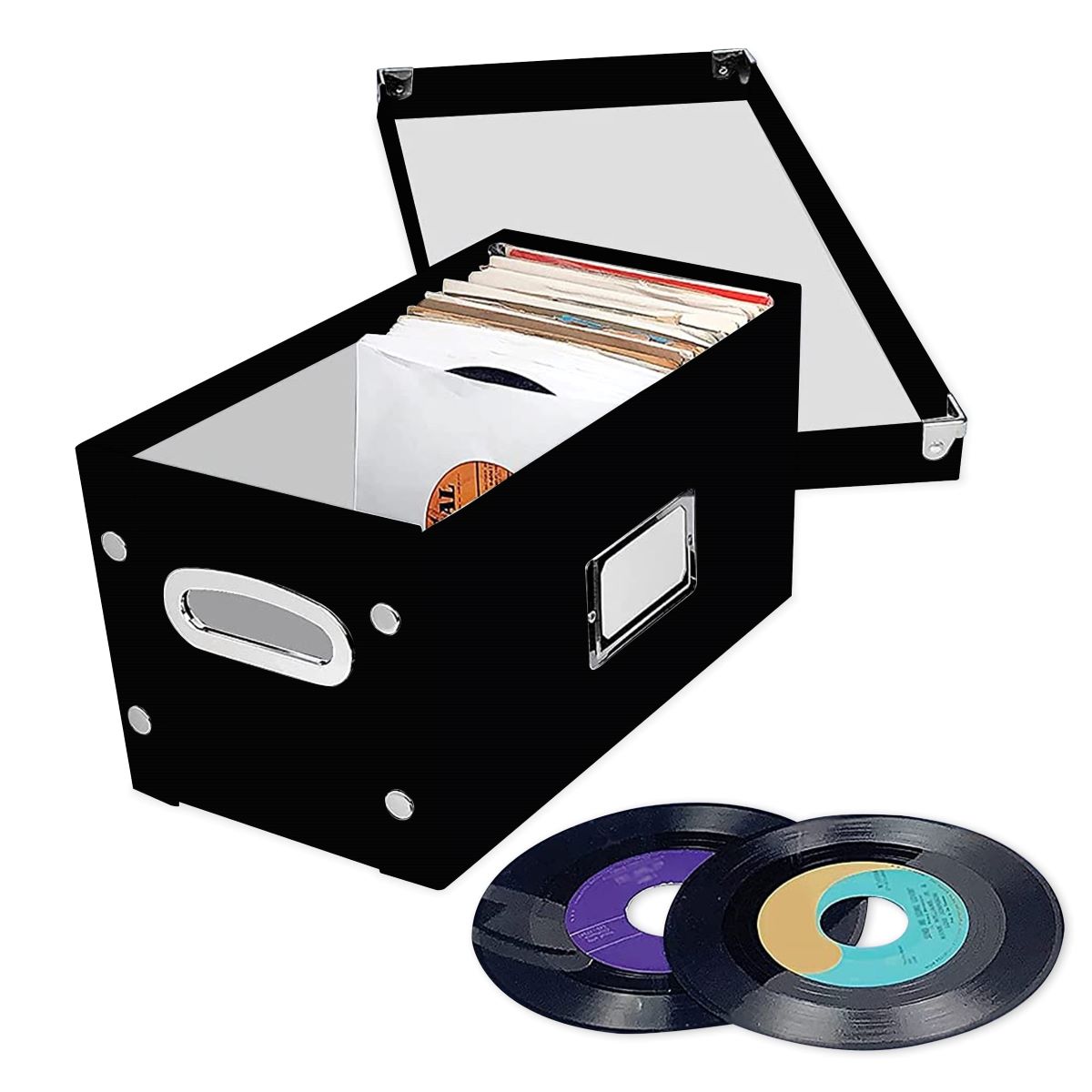
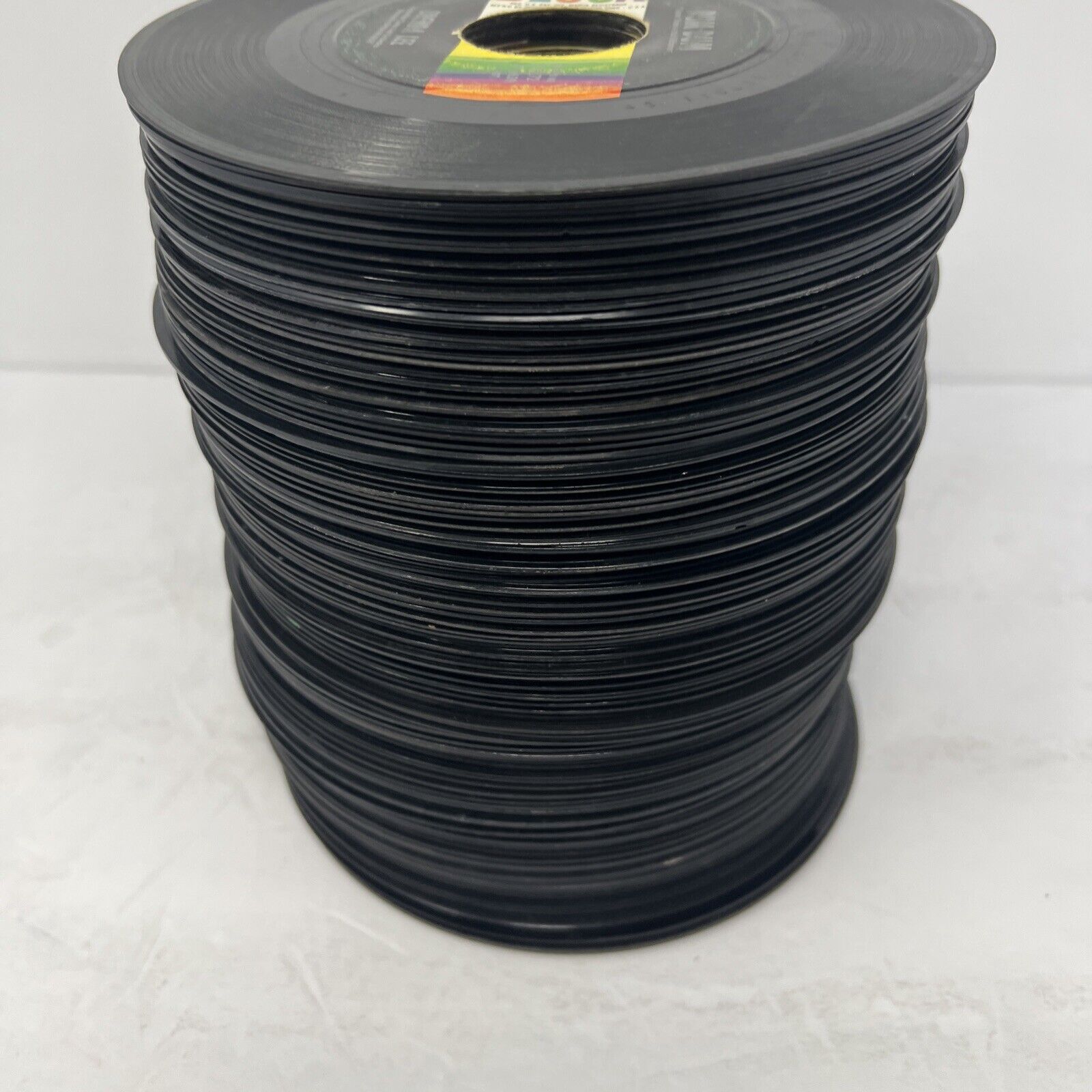

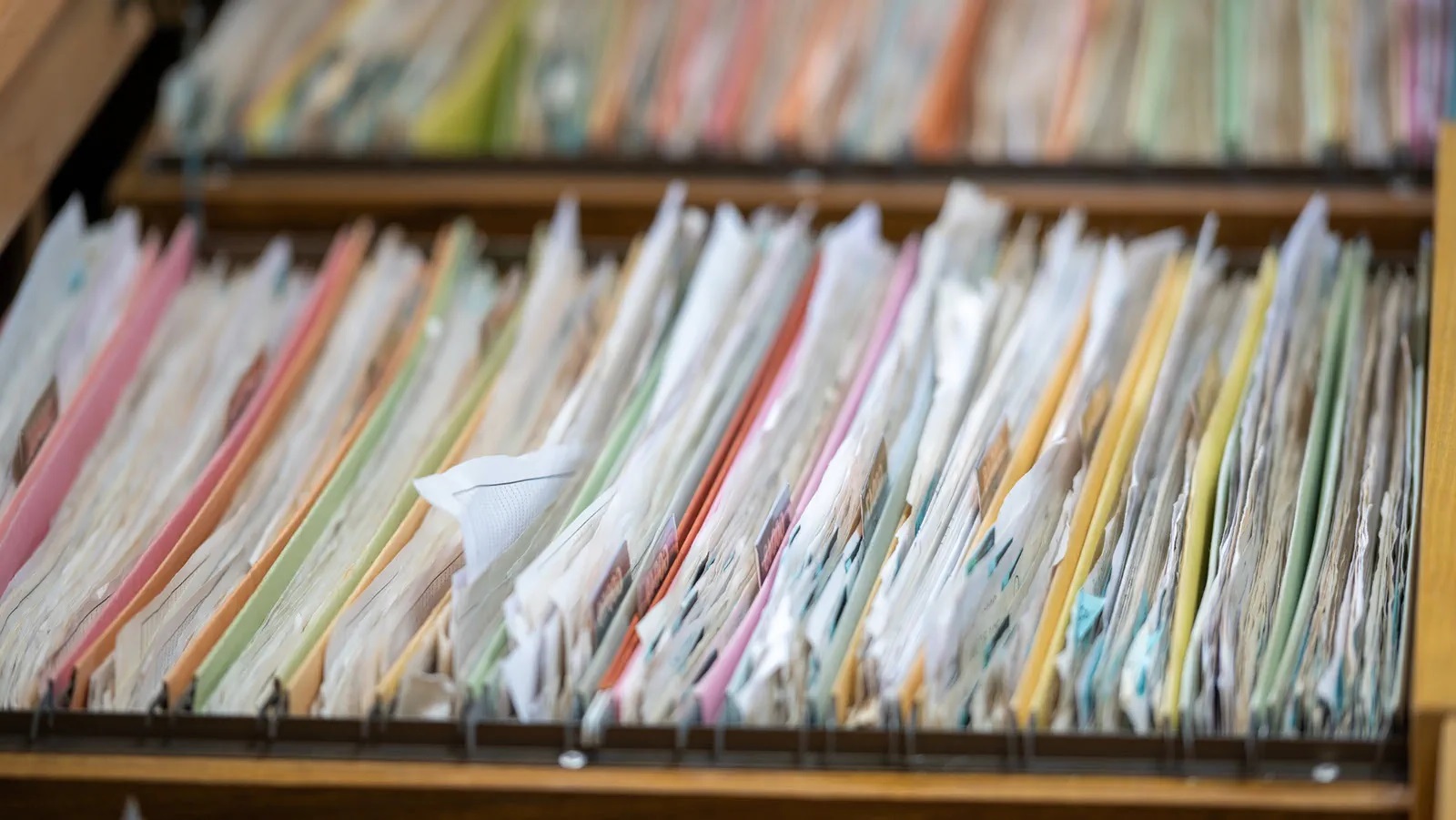
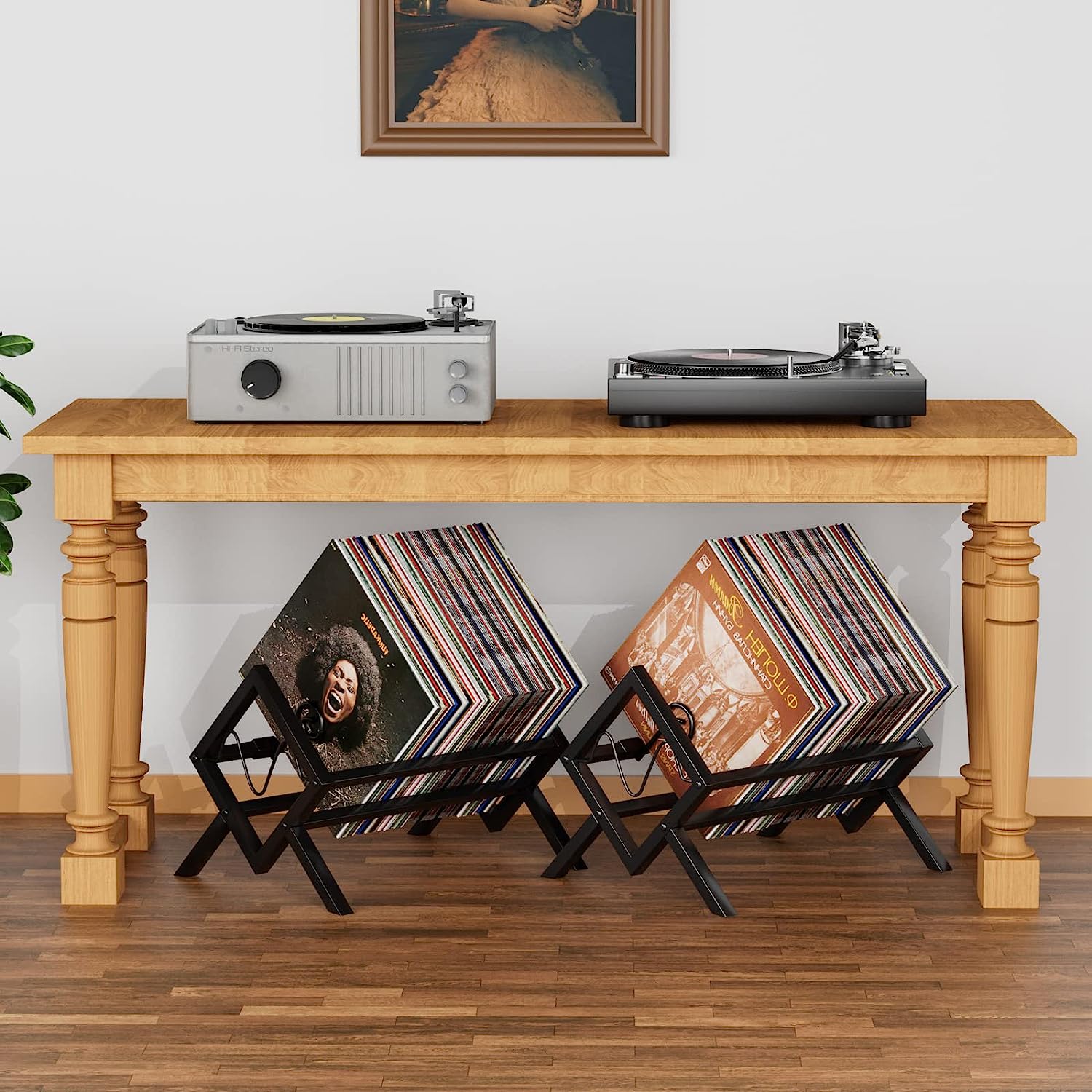
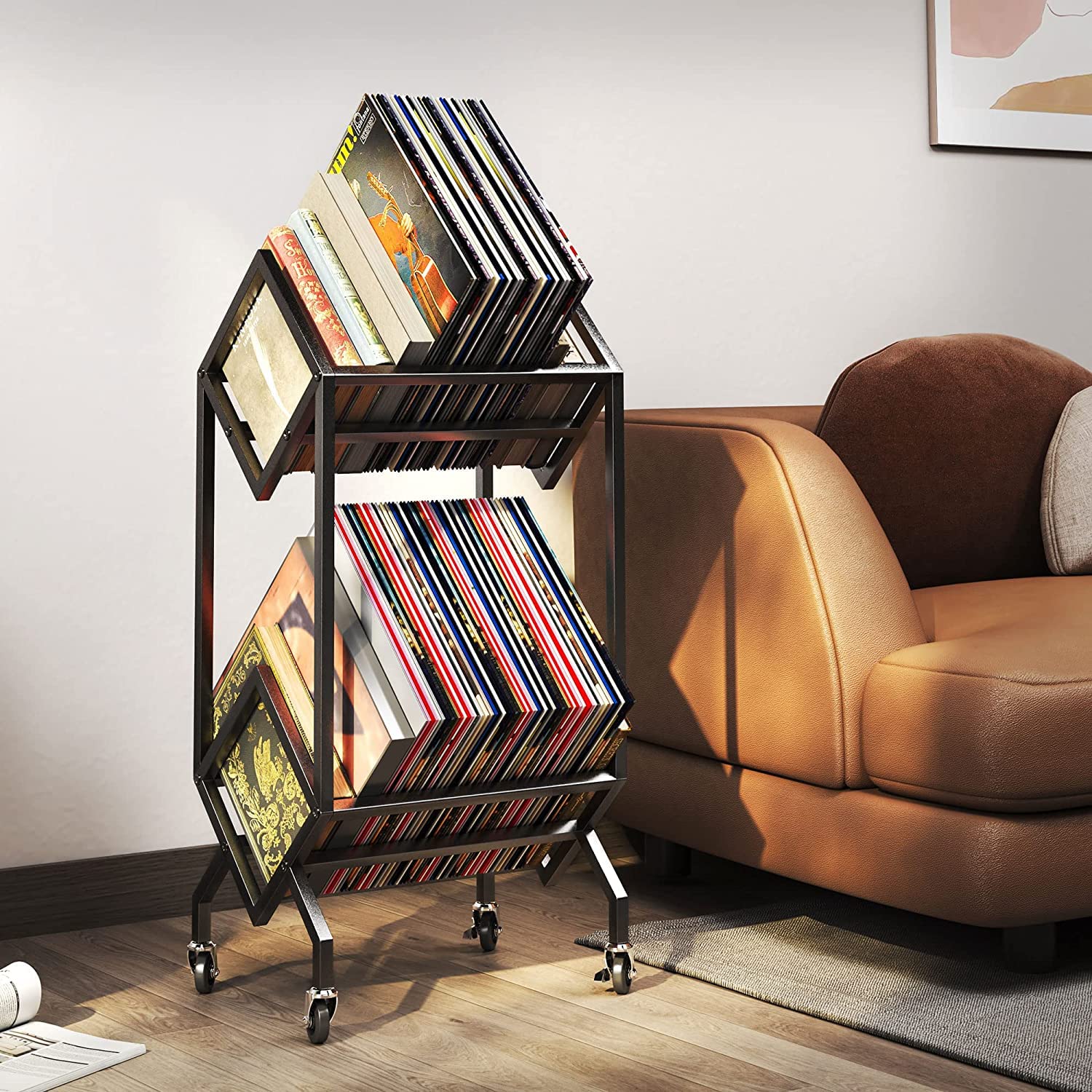
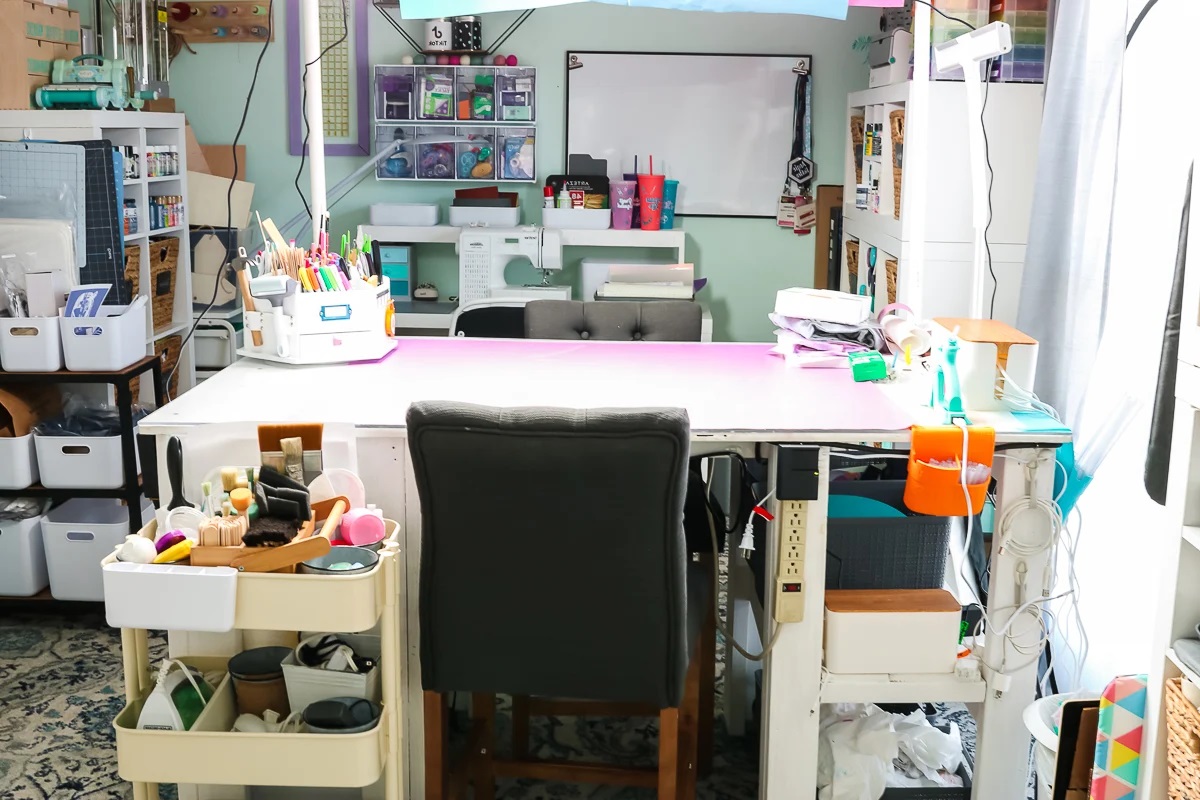
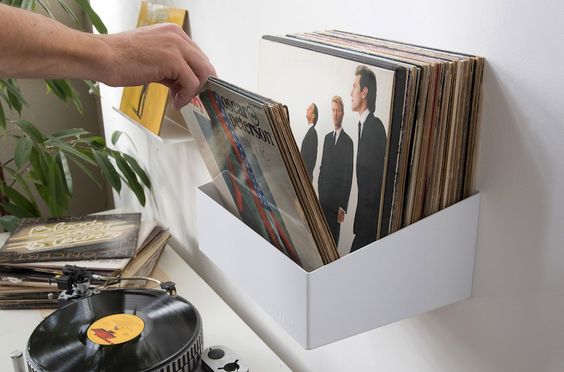
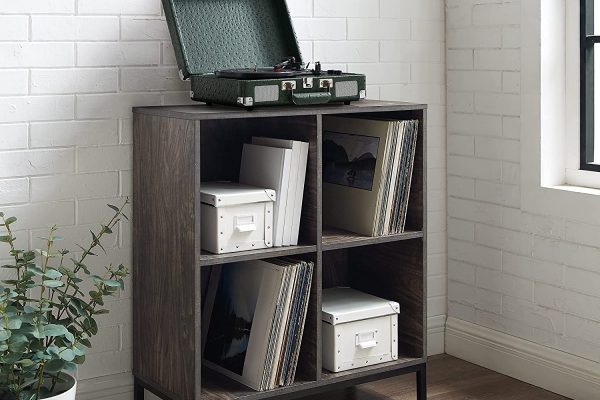

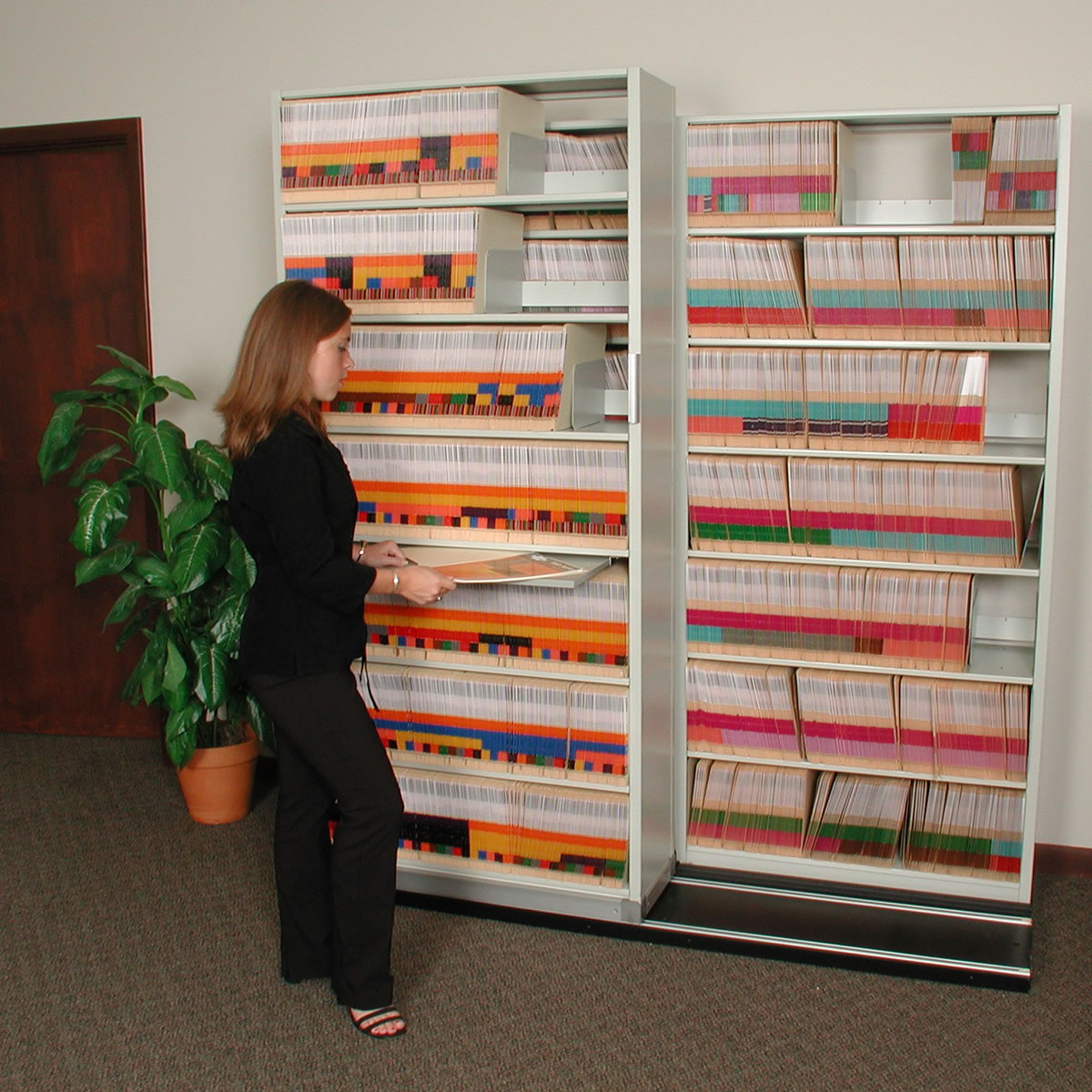
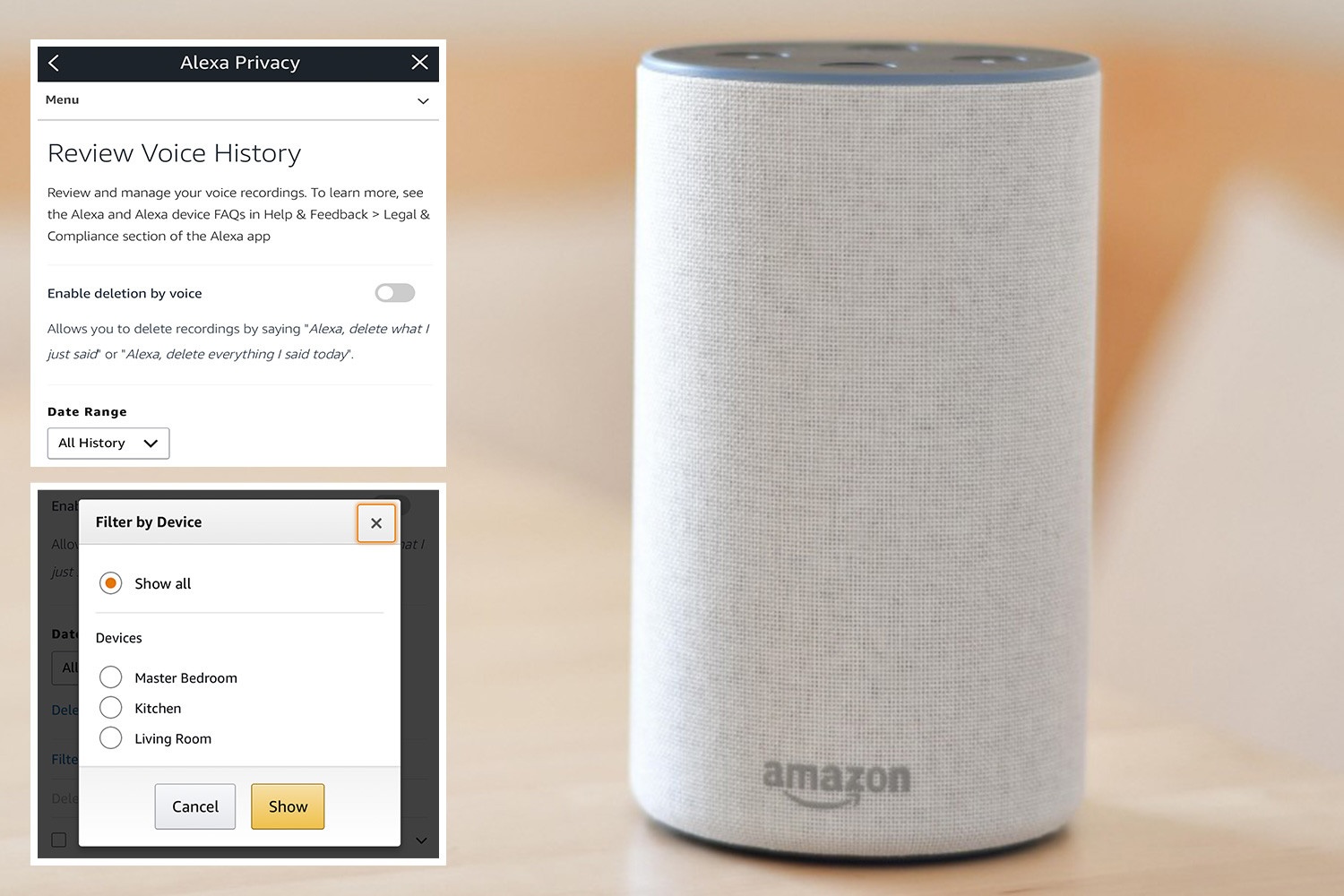

0 thoughts on “How To Organize Vinyl Records”